Bhutan, also known as the land of thunder dragon, is an unbelievably beautiful country sharing it borders with India, China, and Tibet. Any traveller, with a special interest in the Himalayas, must have been to Bhutan or would be planning to do so soon. The country is an experience in itself with no garbage, no pollution, minimal violence, and zero dissatisfied population. Sprawled at an area of about 38, 400 square kilometers with 727,145 population, the country stands a a great example of how a small country can be governed efficiently and beautifully. The country came to be known as Druk Yul or The Land of the Drukpas, referring to the Drukpa section of Buddhist dominants back then, in early 17th century. Buddhism was introduced in this country by the Tibetan King Songtsen Gampo, in the 7th century. Guru Rimpoche, a Buddhist Master and considered as the second Buddha, strengthened the religion further in Bhutan.
The monarchy was established officially in the 17th century when Zhabdrung Ngawang Namgyel arrived from Tibet and took over the land. He defeated three Tibetan invaders and spread a comprehensive system of governance. However, his death led to an unrest and a civil war followed. Trongsa Penlop Ugyen Wangchuk gained control of the same, and was crowned as the king in 1907. The dynasty rules the country till date with it’s fifth heir. The present king, Jigme Khesar Namgyal Wangchuk is people’s favourite and hence, huge banners of the king and the queen Jetsun Pema across the country inside almost every household and office premises.




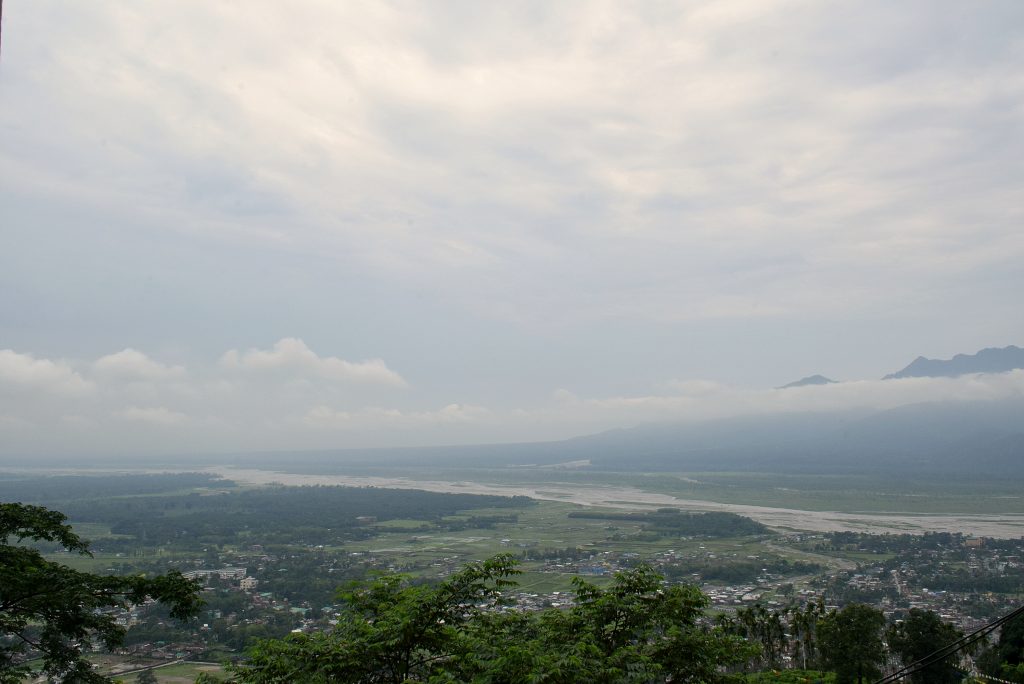

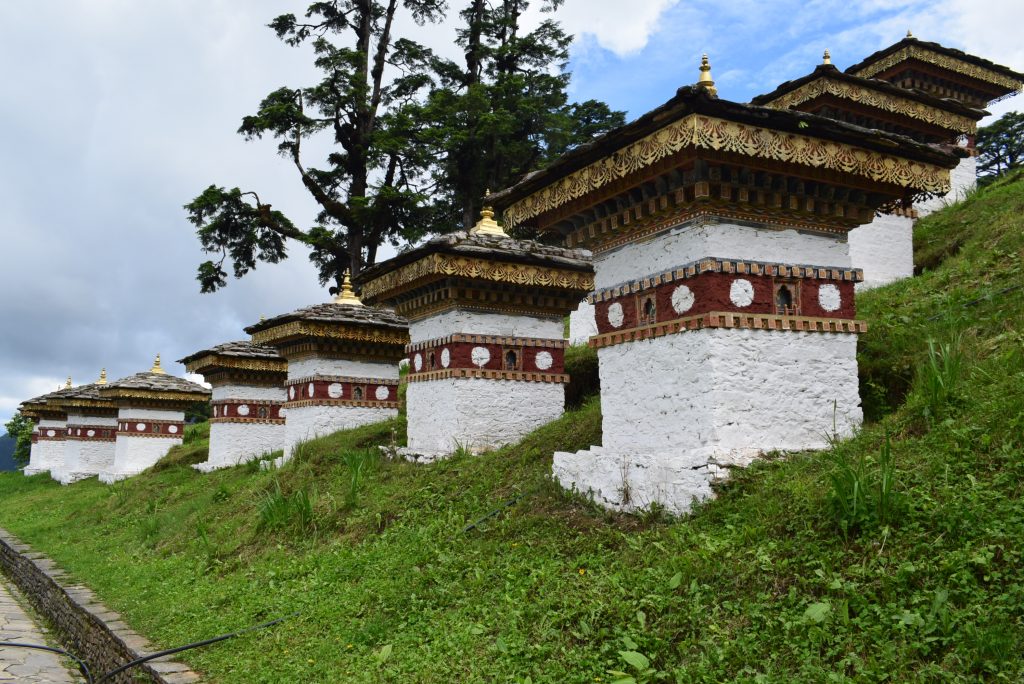
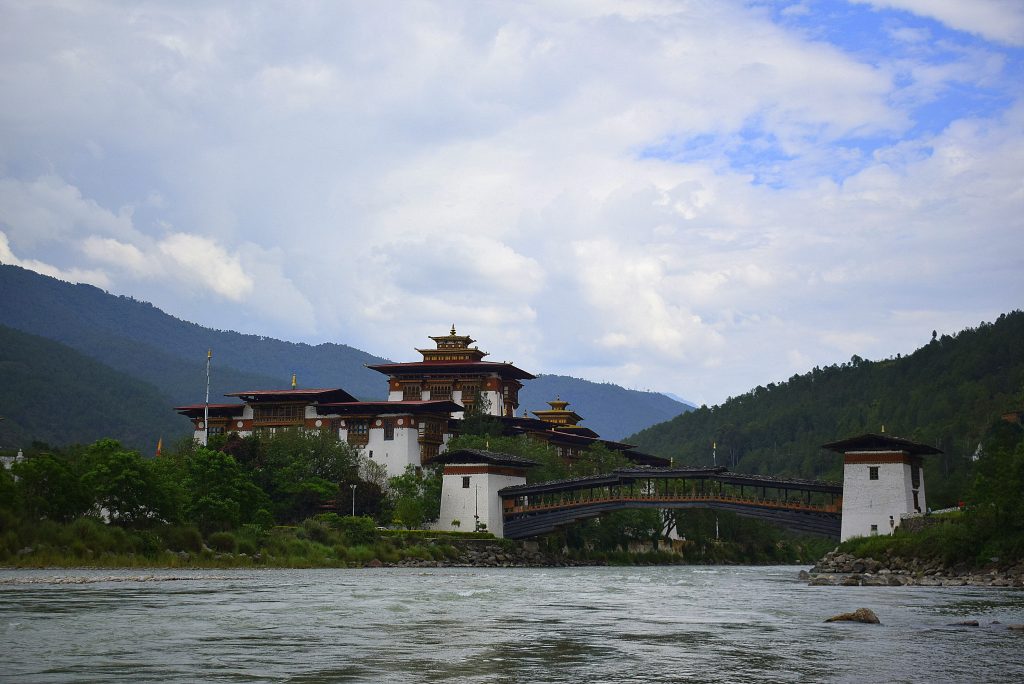
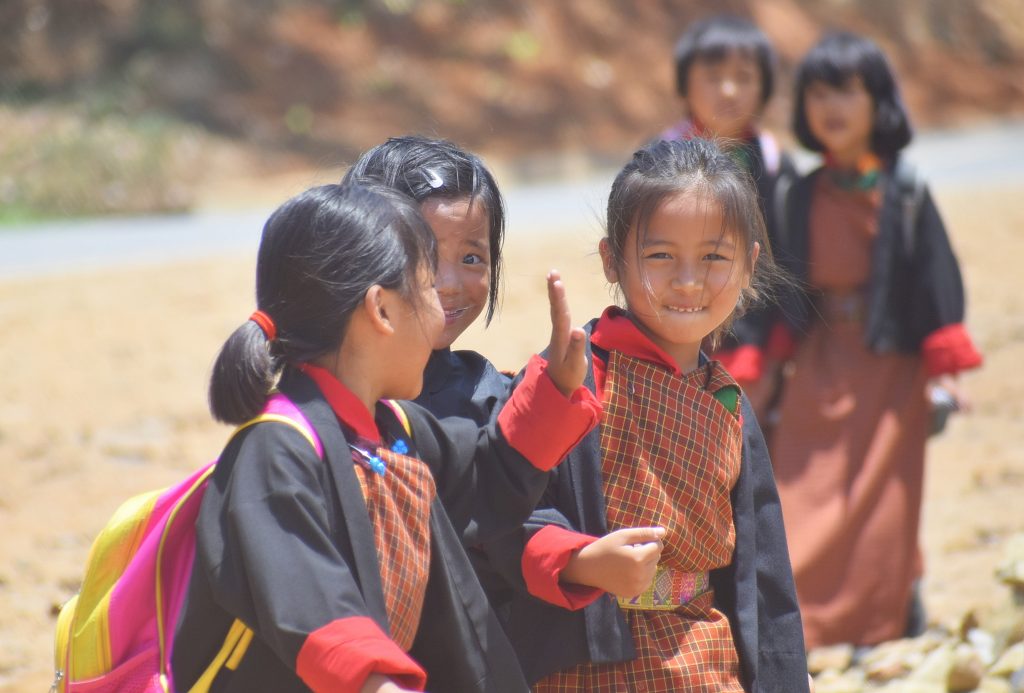
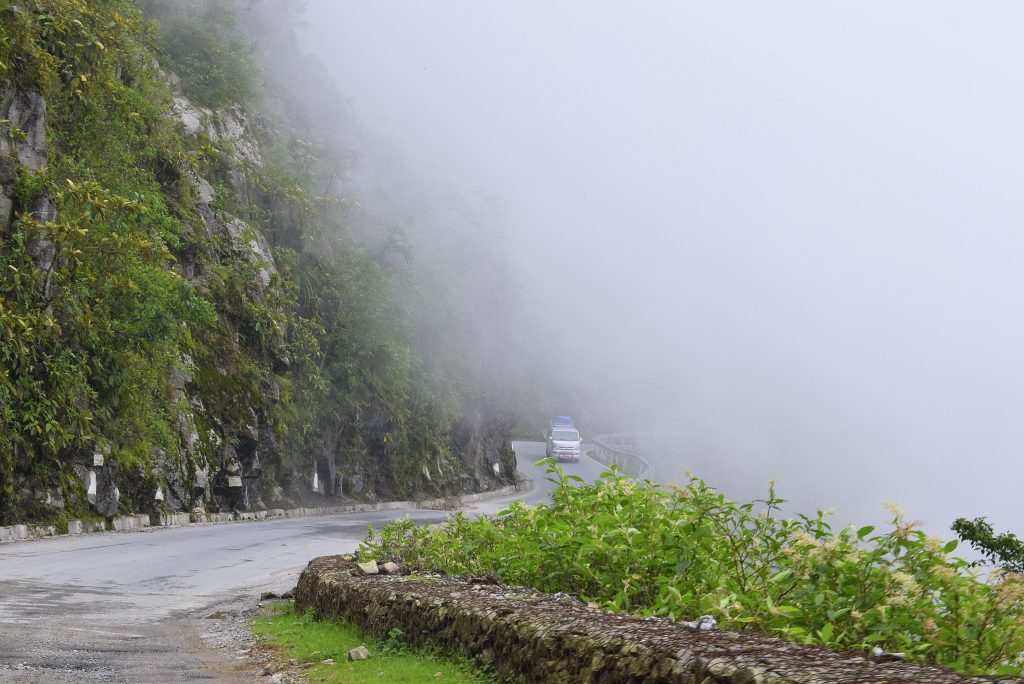


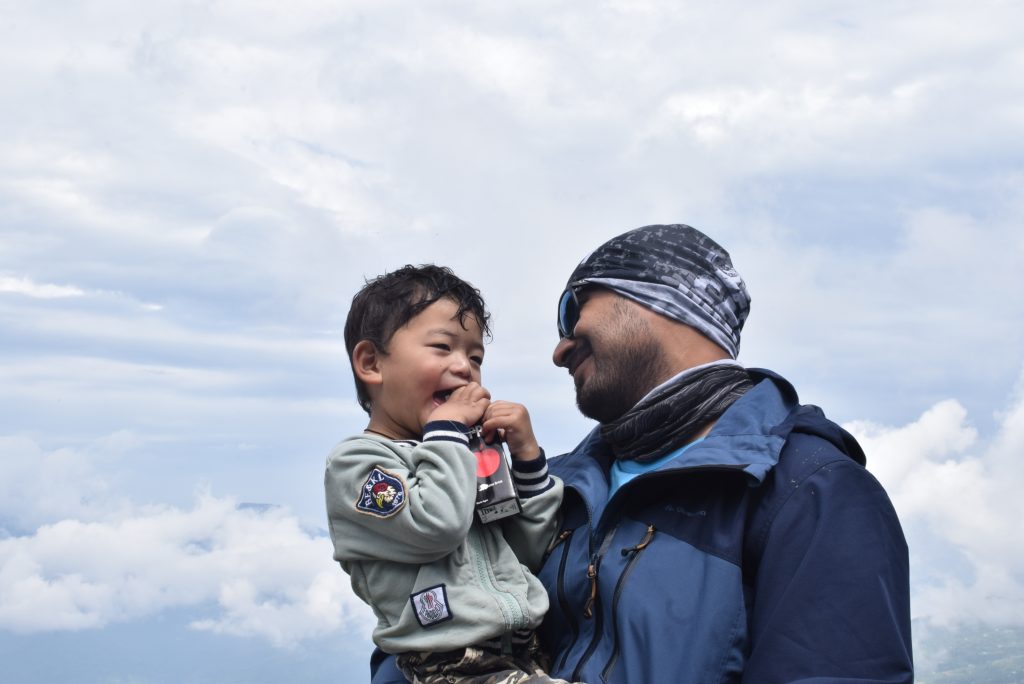
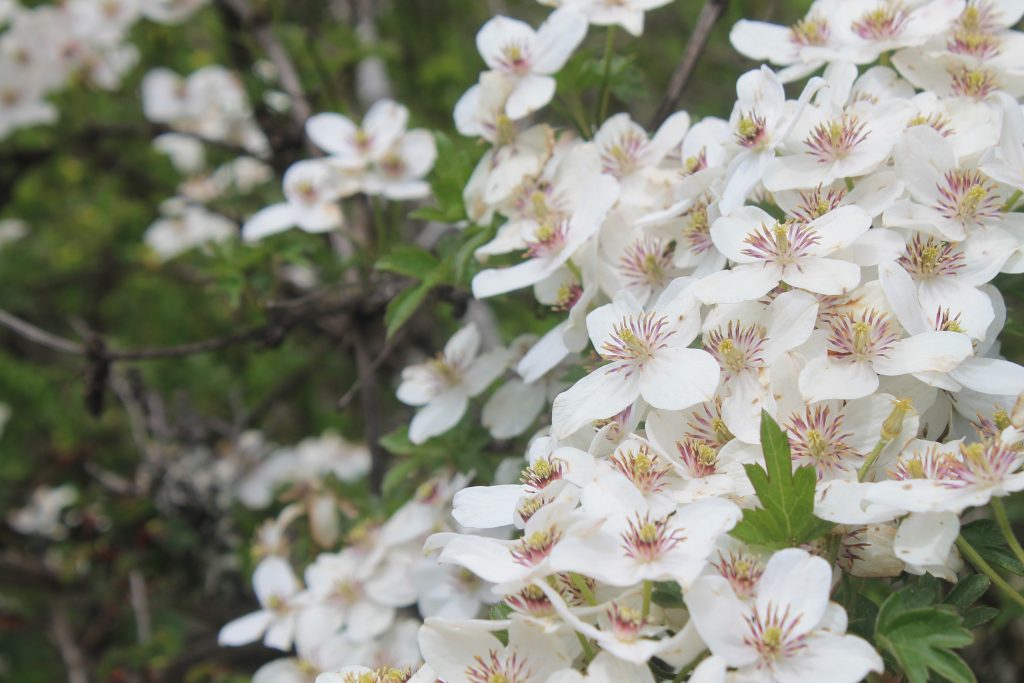
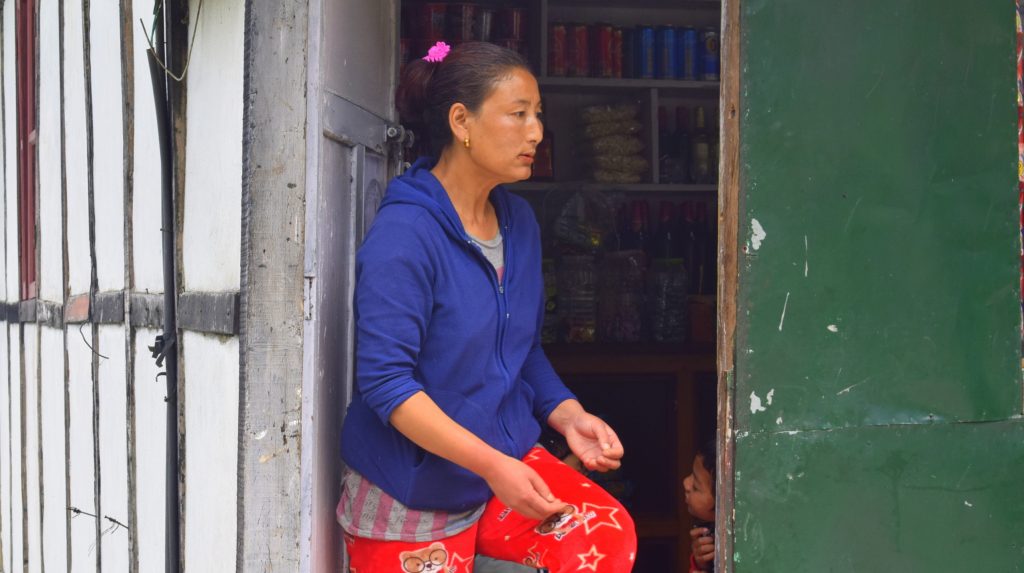



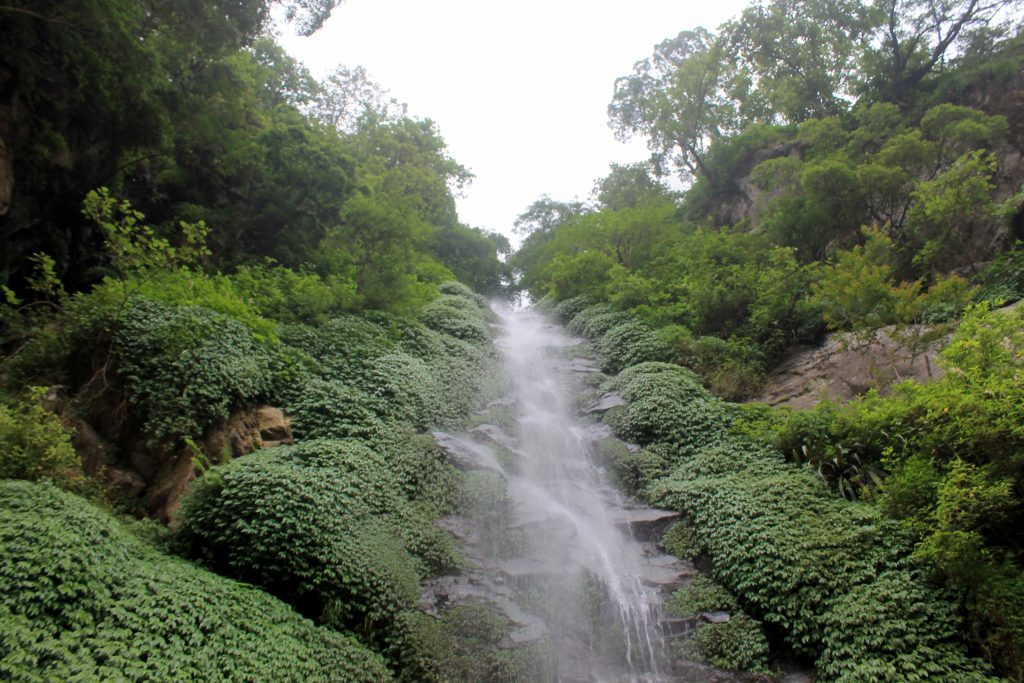
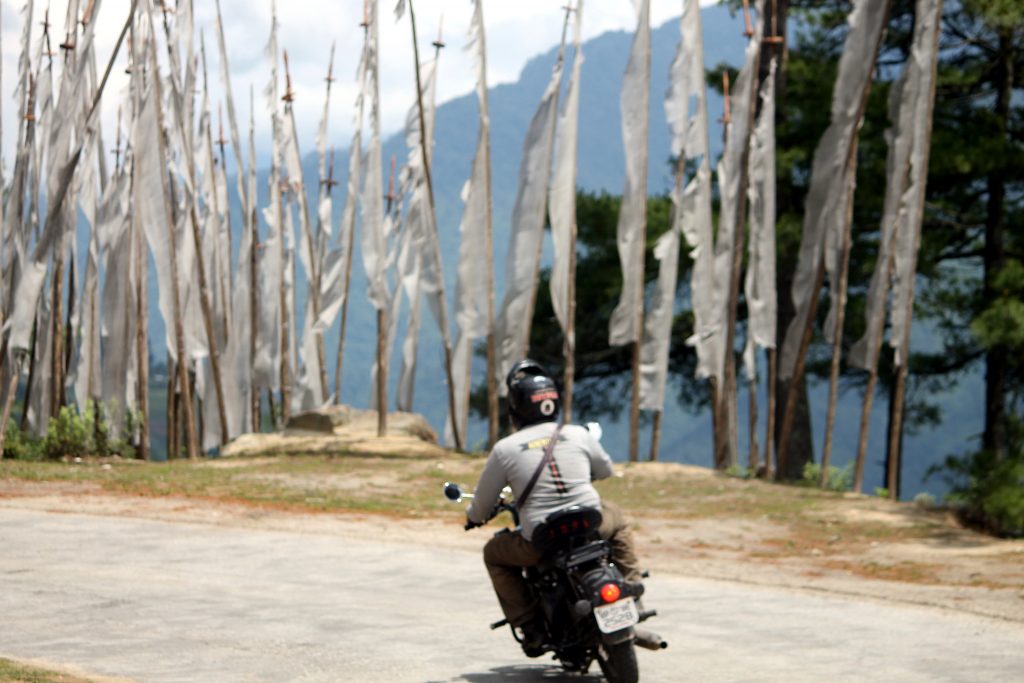

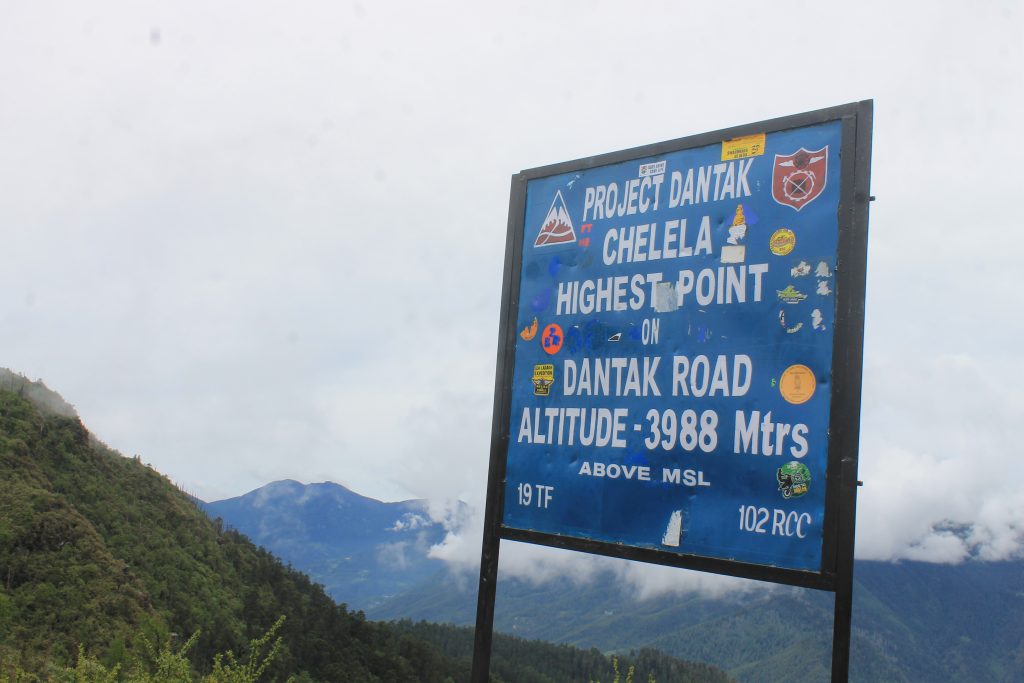
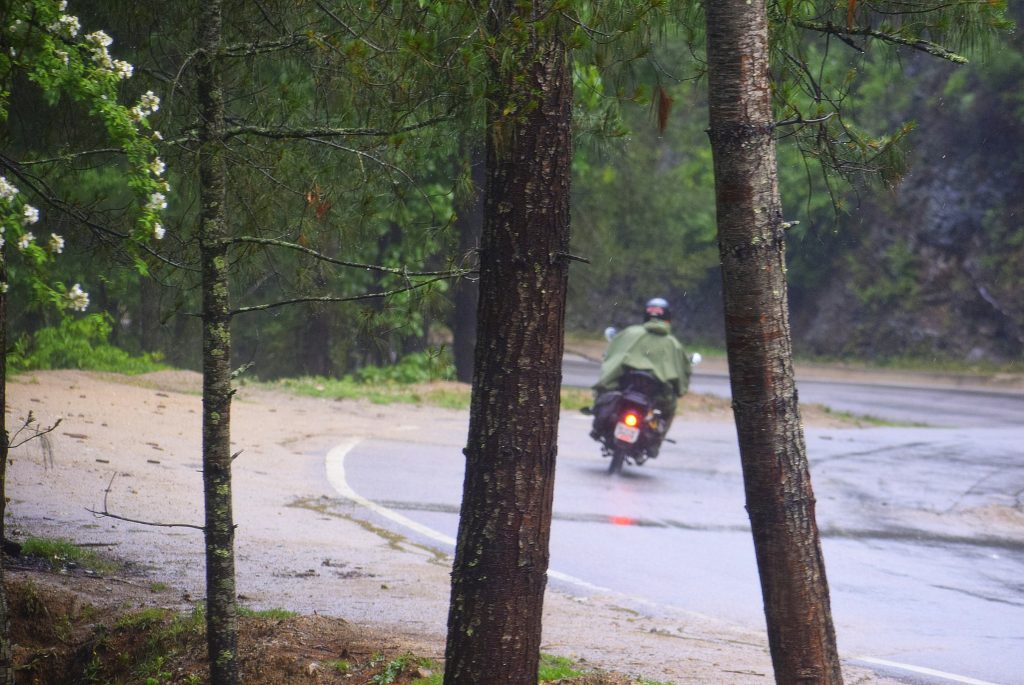
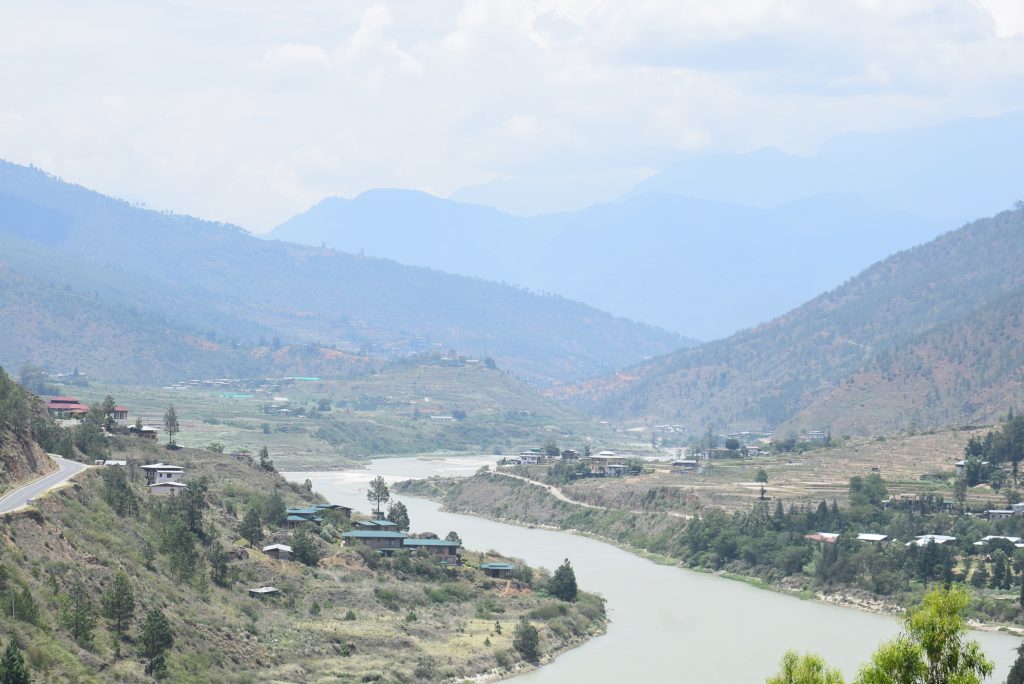
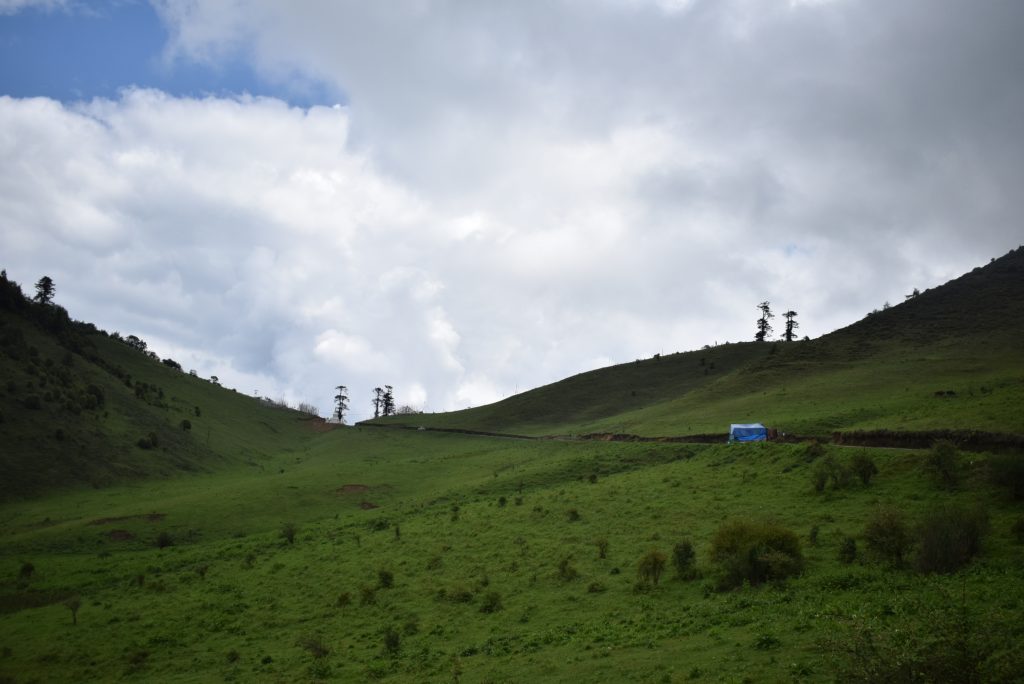

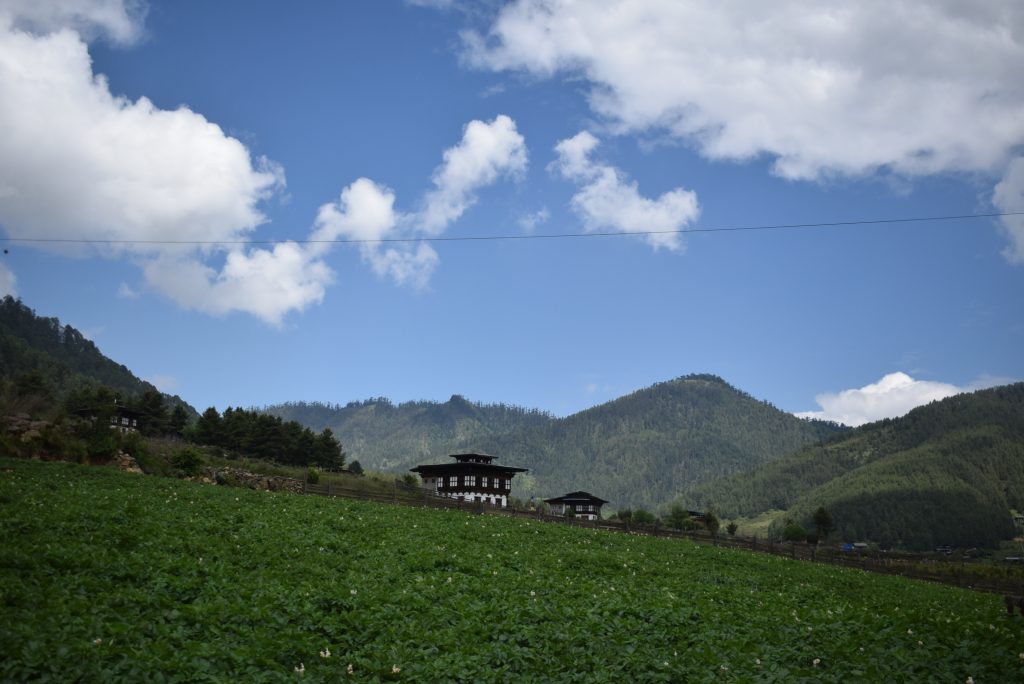

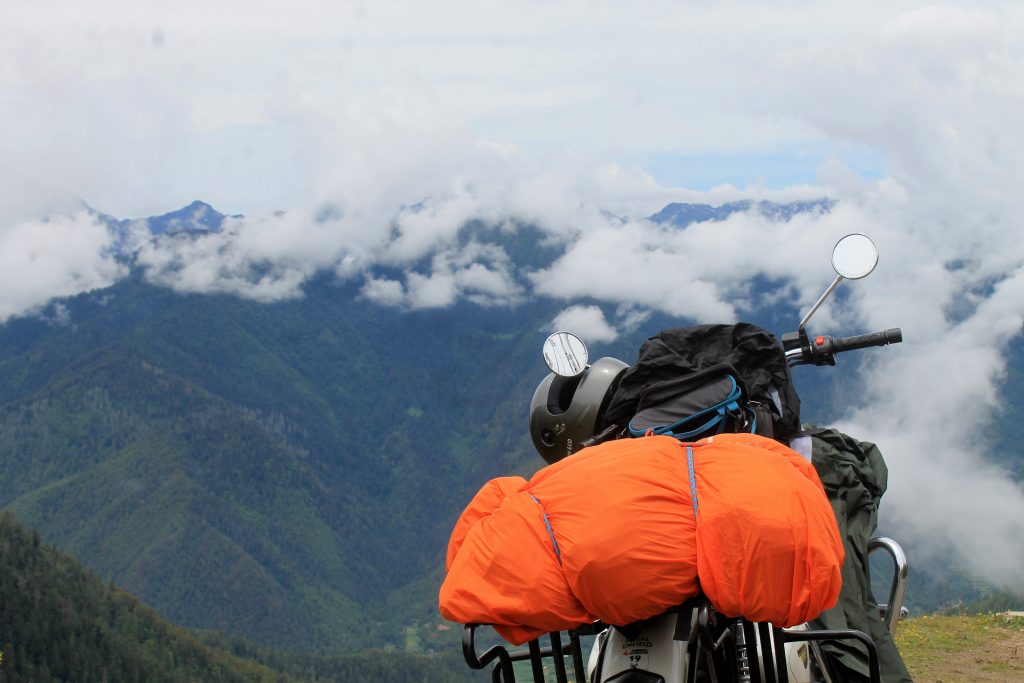
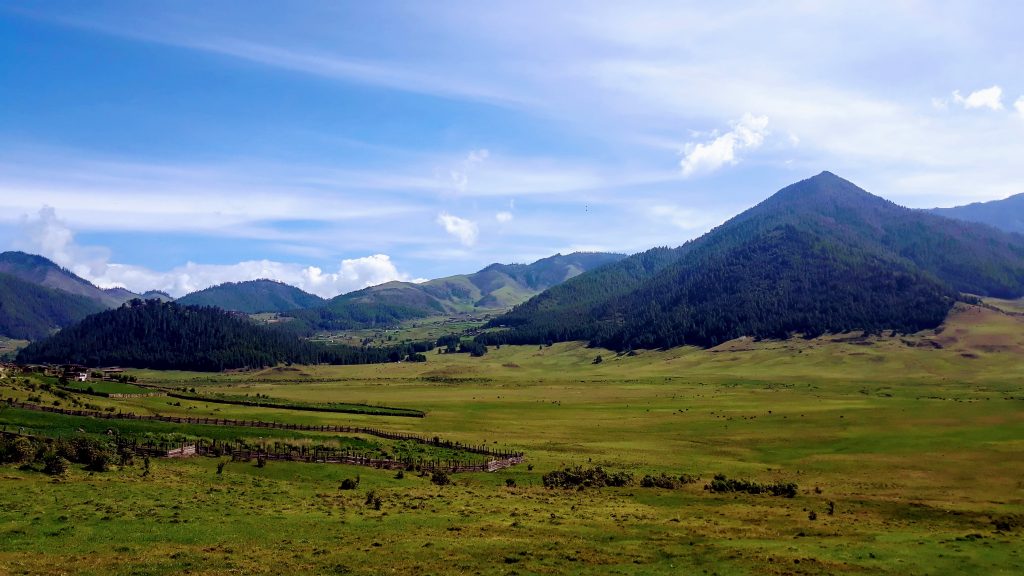
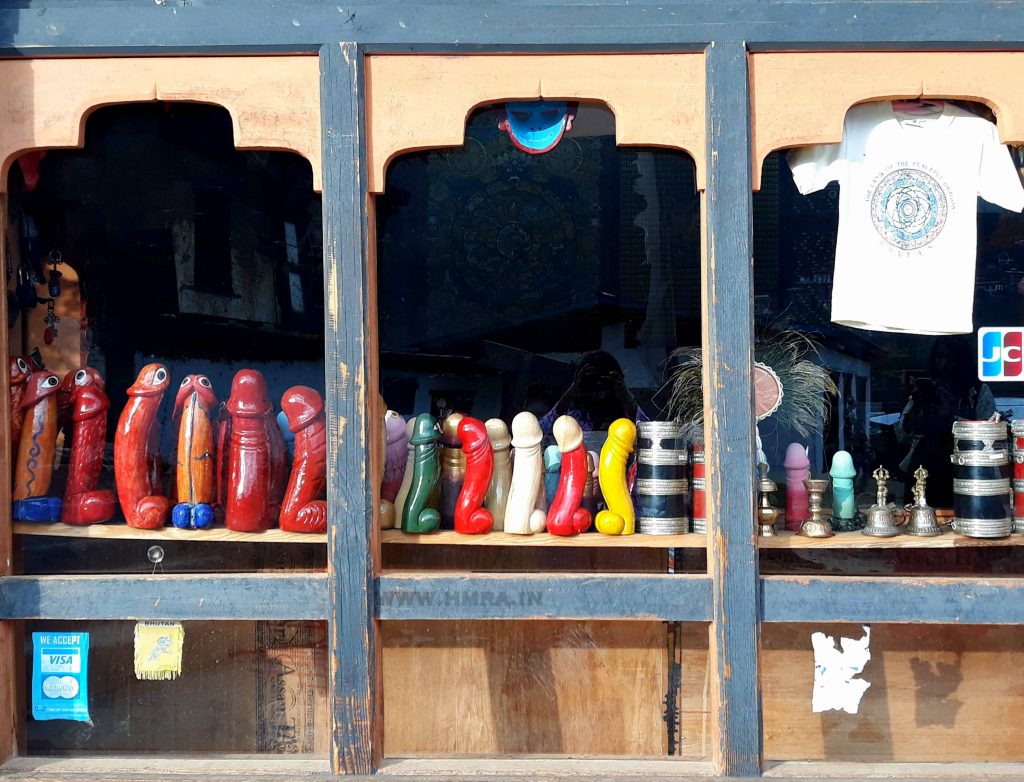
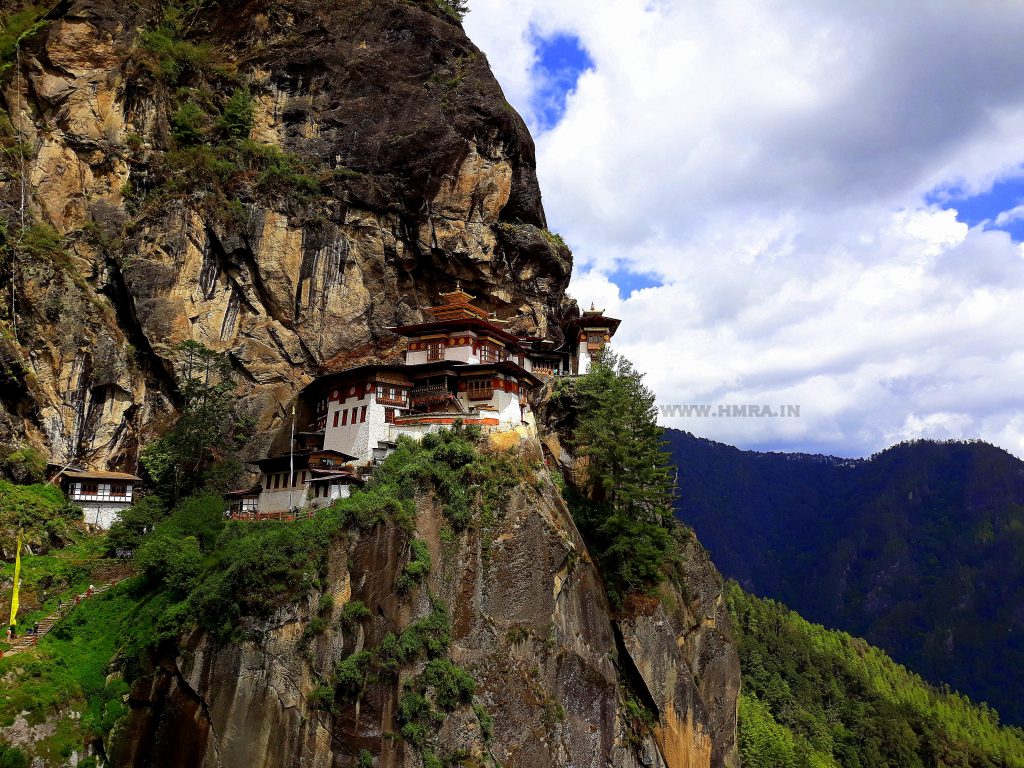
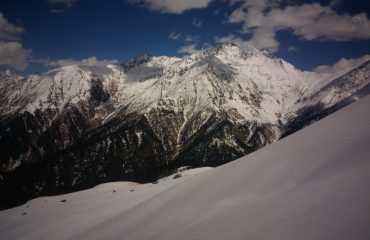
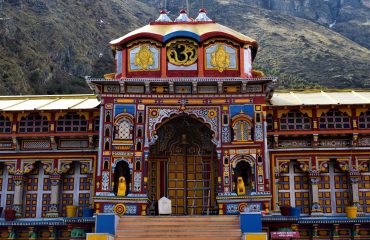
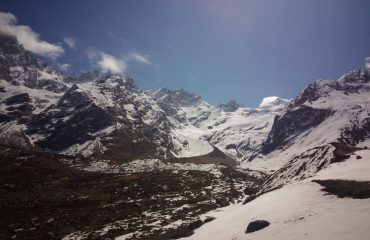

[…] (Thankful to the awesome travel company Himalayan Monk Riders’ Association- HMRA, for a sponsored trip there. You can find my article on their website too- http://www.motohimalayas.com) […]